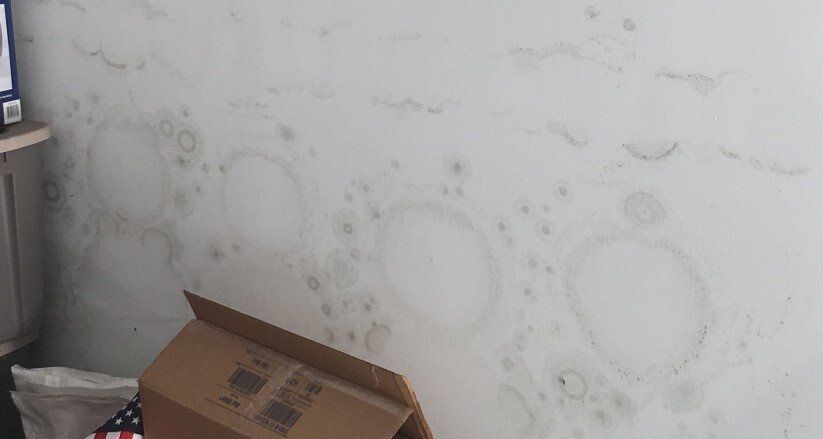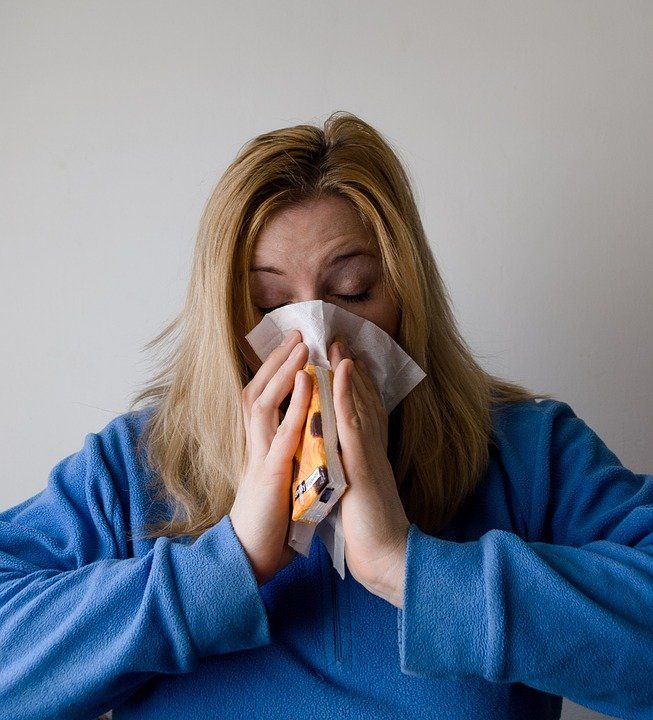Do I Have Health Issues from Mold?

Indoor mold can cause health issues, which is why many people call a professional mold specialist when they see it in their homes. However, the seriousness of mold exposure depends a lot on your own sensitivity, age, and whether or not you have a respiratory condition. In order to understand how mold can affect your health, let’s first look at what exactly mold is.
What Is Mold?
When Is Indoor Mold Dangerous?
Mold growth inside your home is worrisome because some research shows that indoor mold causes adverse health effects, particularly if you are susceptible to allergies or have asthma or another respiratory condition. Additionally, some molds produce mycotoxins. A mycotoxin is a poisonous or toxic substance produced by fungus. In some cases, dangerous mycotoxins can create a serious health risk, especially with the very young and elderly.
Identifying mold can be difficult for non-professionals, so it’s important to call a mold specialist like MasterTech Environmental of Myrtle Beach. MasterTech collects mold samples for testing, and offers fully-backed mold removal services.
What Health Issues Are Caused by Mold?
The amount of mold present and the length of your exposure to mold are the biggest factors when determining what kinds of health issues may occur. The more mold present and the longer you are exposed, the greater the health risk. It’s also important to note that some individuals may possess more of a mold sensitivity than others. Like allergens, mold will affect people differently.
In general, the common health issues and adverse effects from mold exposure include the following:
- Allergic Responses: If allergic to mold, you may experience an allergic response like swelling, rash, or irritated air passageways.
- Irritations: Mold may trigger runny noses, watery eyes, headaches, and irritation to airways.
- Asthma: Mold can worsen asthma attacks and cause them more frequently, even if the person is not allergic to the mold.
- Disease and Infection: Diseases and infections linked to mold come from ingestion, which may be a concern if you have a baby or small child. As of now, research does not show a link between disease and breathing in contaminated spaces.
Finally, there is plenty of debate and controversy about how bad mold can be to your health. If you have cause for concern or suspect that your symptoms are caused by mold, it’s wise to call MasterTech Environmental of Myrtle Beach for a professional inspection and removal.
Call for a Mold Cleanup Estimate Today!
MasterTech Environmental of Myrtle Beach is the Grand Strand’s solution for water damage, mold, and large clean-up jobs or hoarding. We are family-owned and operated, and we are happy to come out to assess your problem and provide you with an estimate. Call today -- 843-236-3399.




